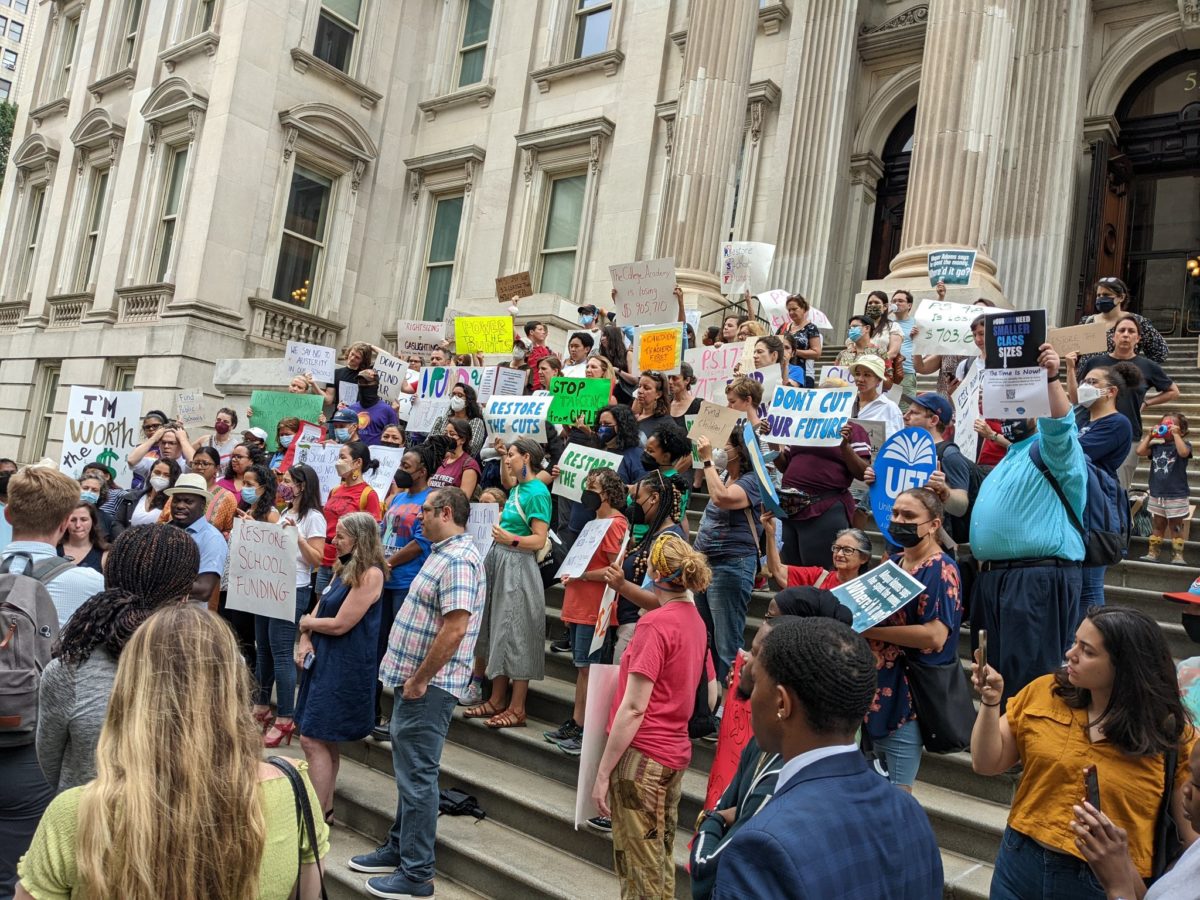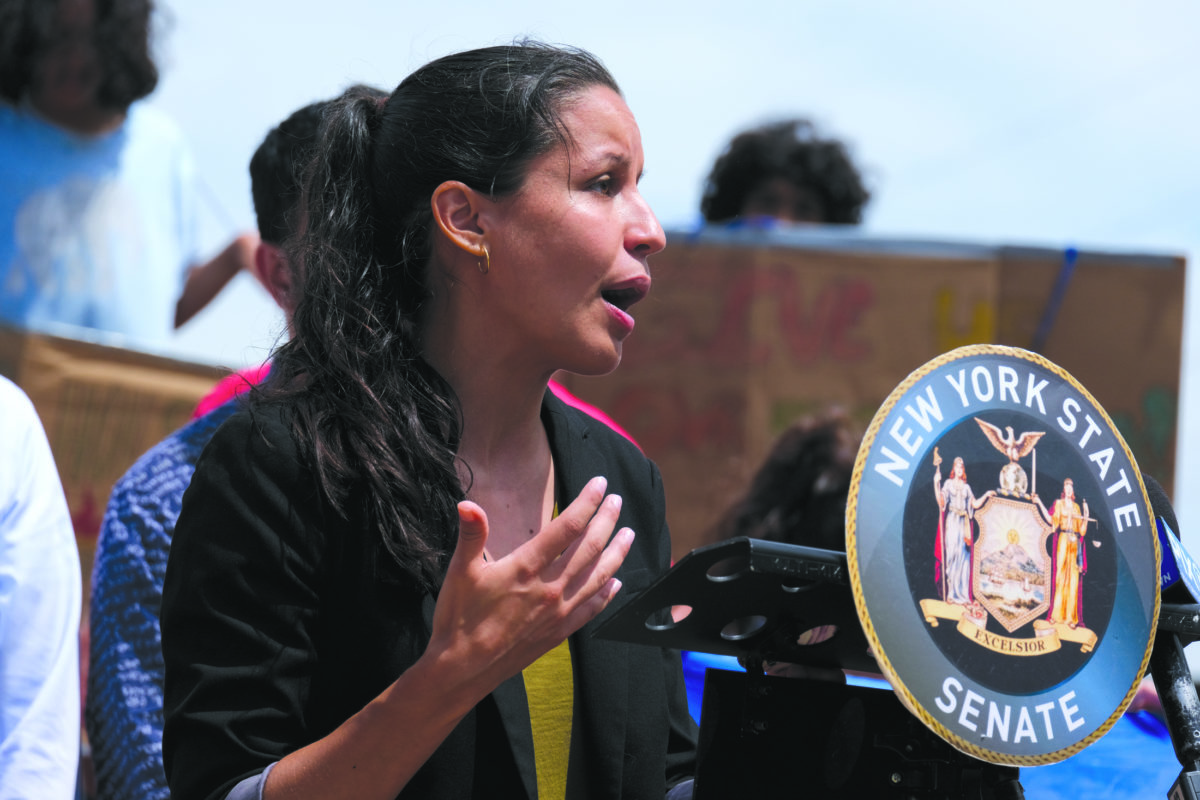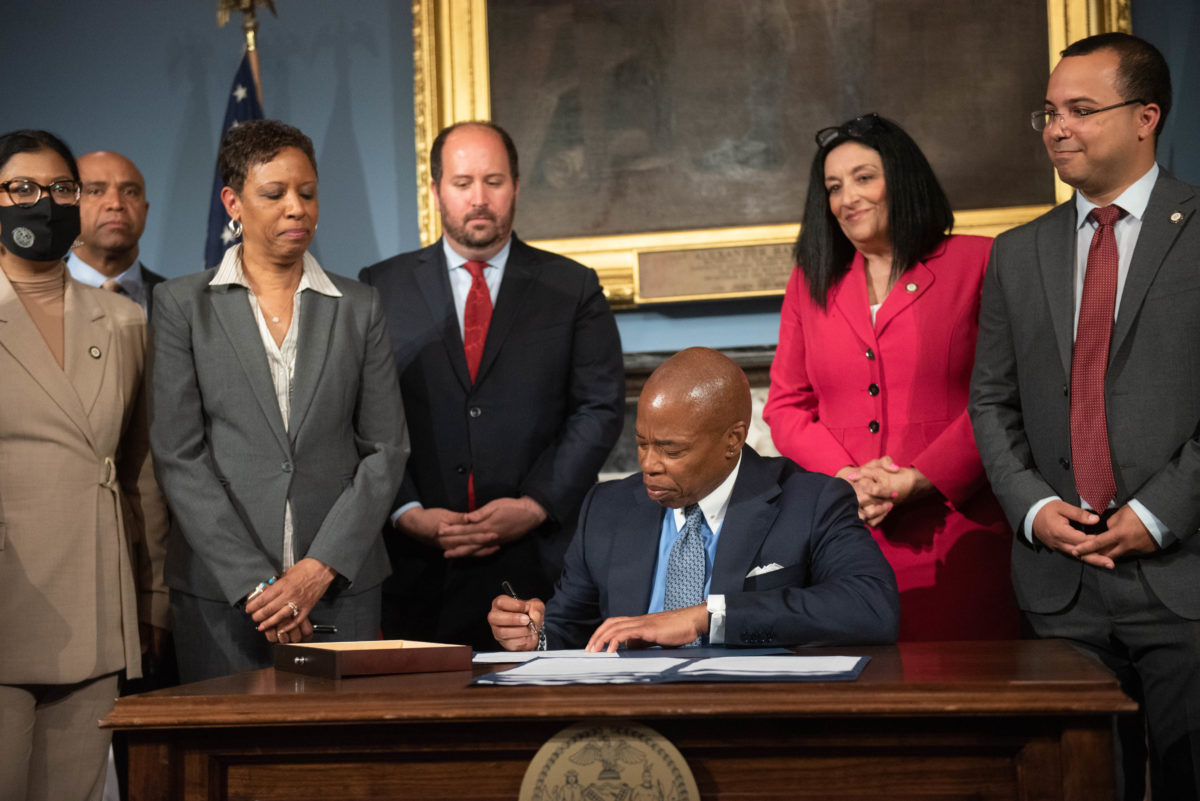Council scrambles to stop education cuts
Education advocates, public school teachers and parents have filed a lawsuit against the city, alleging that New York lawmakers improperly approved the controversial education budget.
The suit, filed on July 17 with the New York Supreme Court, alleges that DOE Chancellor David Banks improperly utilized an emergency declaration to circumnavigate public hearings and failed to provide sufficient evidence about the size of the cuts.
The New York City Council voted for the budget on June 13, ten days before the Panel for Education Policy—the governing body for the Department of Education—voted on June 23. The lawsuit seeks to place an injunction on the current budget allowing for a revote on the budget in August.
“In at least twelve out of the past thirteen years, since at least June 2, 2010, several different New York City Schools Chancellors have invoked a similar ‘emergency’ using the same boilerplate language in order to immediately adopt a budget prior to a vote of the City Board (Panel for Education Policy) and prior to the City Council vote,” the complaint reads.
A large part of the city’s education budget is determined by the Fair Student Funding formula, which allocates resources based off of enrollments and disenrollments. Former Mayor Bill de Blasio prevented cuts to schools over the last two years by utilizing federal funds to cover the fluctuations in enrollments.
Overall 1,100 schools are expected to receive cuts from their budget totalling to $469 million, while 354 schools will be receiving increases to their budget, according to an analysis by the Comptroller’s office.
Over the last two years, enrollments in NYC public school have dropped by 80,000. Public school enrollments are expected to drop by 30,000 more students this fall, according to data shared with the New York Post.
Plaintiffs include Sarah Brooks, a special education teacher at P.S. 169 in Sunset Park, Melanie Kottler, a parent with a rising 2nd grader at P.S. 169, Tamara Tucker, a parent of two children at P.S. 125 in Harlem, and Paul Trust, a music teacher at P.S. 39 in Park Slope, where the music education program is under the chopping block.
“I have students who have gone on to the finfest conservatories and those who have formed the loudest of rock bands. All this will go away with these budget cuts,” Trust said in a statement. “I can only hope that this will not be the last year I am able to continue to serve the school community I love.”
On Monday July 18, a day after the suit was filed, members of the New York City Council rallied outside the Department of Education, to protest the cuts with advocates despite a number of the councilmembers previously voting for the budget.
“As more information was released, it became clear that the cuts to school funding were far more overreaching than originally communicated,” Councilwoman Jennifer Gutiérrez, who voted for the budget, said in a statement. “I take responsibility for my vote, and demand the Mayor and the Chancellor also take responsibility for the thousands of students whose education will be diminished by these funding cut, by fully restoring education funding before August 1st in a moment when we need it most.”
“Principals in my district have repeatedly shared that in FY22, COVID stimulus funds enabled them to fully fund academic intervention programs, support for English Language Learners, and music and arts programs for the first time,” Councilwoman Shahana Hanif said in a statement. “These programs are not superfluous, but essential to student’s holistic development.
M.S. 839 Teacher Frank Marino, whose school was slated to lose $226,557 after a 1.66 percent drop in enrollment, echoed similar sentiments in an interview with the Brooklyn Downtown Star last month.
“It’s always the schools [getting cut], we should be at this point, as teachers and students and families demanding more. And yet again, we’re here on the defensive, fighting for the bare minimum fighting for our school to have an art program,” Marino said.
Members at the rally suggested that Mayor Adams could utilize reserve funds to cover the cuts made to the budget.
“Since day one, the Adams administration has been committed to uplifting students throughout the five boroughs. As was reflected during the budget process, there are more city funds in DOE’s FY23 budget than last fiscal year,” City Hall spokesperson Jonah Allon told The Brooklyn Downtown Star. “While enrollment in public schools dropped, the city has maintained the unprecedented commitment to keep every school from every zip code at 100 percent of Fair Student Funding.”








